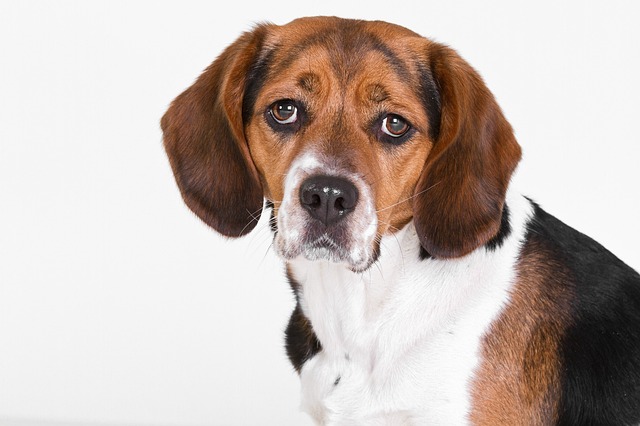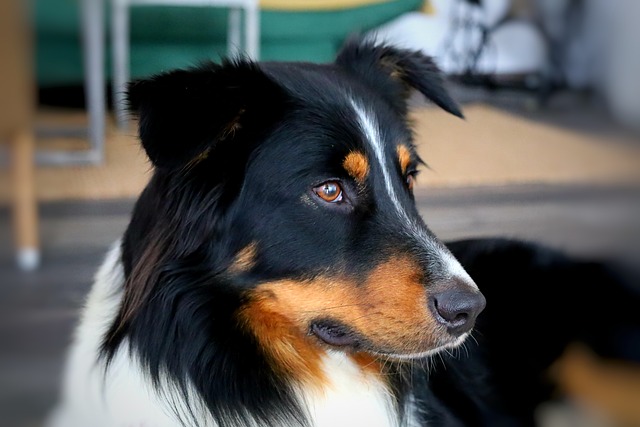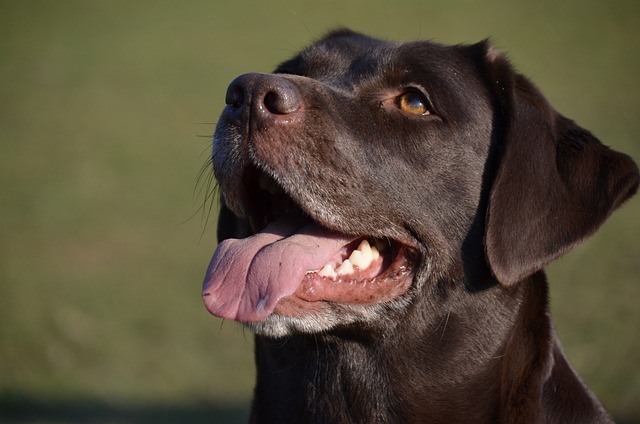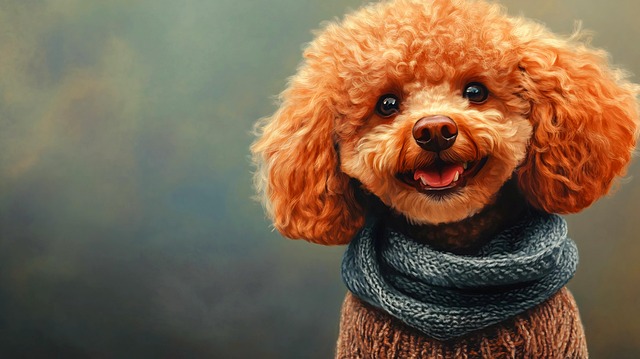When a teacup dog curls up in the palm of your hand and looks at its owner with wet eyes, you can't help but want to hold it in your palm and take care of it. However, the toilet problem that follows makes many owners feel troubled: Can such a delicate and fragile life really learn to defecate at a fixed point? In the face of this question, we need to analyze the physiological characteristics of teacup dogs from a professional perspective, and also explore the training methods to establish a tacit understanding with them with a gentle and patient attitude. Every successful training is a deepening of trust between the owner and the teacup dog, and it is also a warm journey of mutual understanding between life and life.
Due to their miniature size, teacup dogs have significantly different physiological structures from ordinary dog breeds, which directly affects their excretion patterns. Due to their small body, the bladder capacity of teacup dogs is only a fraction of that of ordinary dogs. Like a small container, it is difficult to load once it is filled. Newly born teacup puppies need to defecate every 1-2 hours, and this high-frequency demand is almost the same as that of babies. At the same time, their gastrointestinal motility is fast, and the food digestion and absorption process is short. They may feel the urge to defecate 10-15 minutes after eating. Such physiological characteristics make it difficult for teacup dogs to control their defecation behavior in the early stages of training, and "accidents" frequently occur. But this does not mean that they cannot be trained, but it requires the owner to pay more attention and patience.
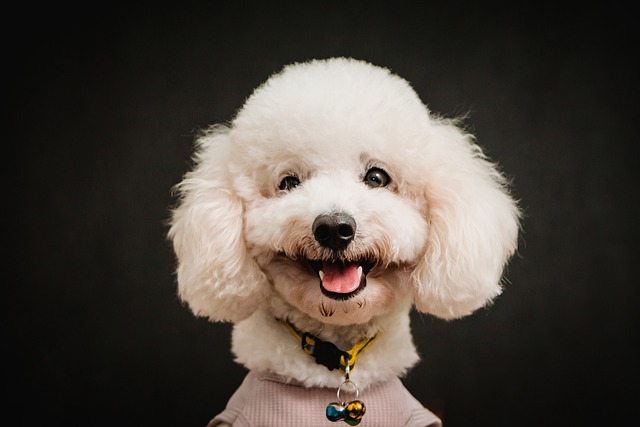 When training teacup dogs to go to the toilet, it is crucial to grasp the right training time. Usually, when a teacup dog grows to 8-12 weeks old, its nervous system develops to a certain extent, and it begins to be able to sense the filling state of the bladder, and the brain also has the ability to initially understand instructions. At this time, the owner will find that the little guy who used to defecate anytime and anywhere occasionally shows behaviors such as lowering his head to sniff the ground and spinning in place before defecation. These subtle signals are like the "help signal" sent by the teacup dog, waiting for the owner to capture it keenly. One owner recalled that when his teacup dog was 9 weeks old, it suddenly wandered around the urine pad. Although it did not defecate on the urine pad in the end, this action made the owner realize that the "golden period" of training has arrived.
When training teacup dogs to go to the toilet, it is crucial to grasp the right training time. Usually, when a teacup dog grows to 8-12 weeks old, its nervous system develops to a certain extent, and it begins to be able to sense the filling state of the bladder, and the brain also has the ability to initially understand instructions. At this time, the owner will find that the little guy who used to defecate anytime and anywhere occasionally shows behaviors such as lowering his head to sniff the ground and spinning in place before defecation. These subtle signals are like the "help signal" sent by the teacup dog, waiting for the owner to capture it keenly. One owner recalled that when his teacup dog was 9 weeks old, it suddenly wandered around the urine pad. Although it did not defecate on the urine pad in the end, this action made the owner realize that the "golden period" of training has arrived.
Positive motivation is the key to open the door to teacup dog toilet training. This sensitive and fragile dog breed is extremely sensitive to environmental changes and the owner's emotions. Severe reprimands not only fail to correct behavior, but may make them resist training out of fear. When the teacup dog completes defecation in the designated area, the owner's timely hug, gentle praise, and small pieces of dried chicken as rewards will allow them to closely connect correct behavior with pleasant feelings.
During the training process, a regular daily routine is the cornerstone of helping teacup dogs establish defecation habits. Regular feeding, regular walking, and regular rest can gradually stabilize the biological clock of teacup dogs. For example, feed on time at 7 am, 12 pm, and 6 pm every day, and take the teacup dog to the designated toilet area immediately 10-15 minutes after eating. After a period of repetition, teacup dogs will gradually form a conditioned reflex and understand that this time and this place are the time to defecate. However, due to the small bladder capacity of teacup dogs, even if they develop a regular routine, the owner needs to take them to defecate every 2-3 hours, especially after playing and when they wake up, and they need to be guided in time.
It is undeniable that the toilet training process of teacup dogs is full of challenges. Their petite size makes it easy to ignore the excretion signals during training, and their fragile stomachs may also cause frequent diarrhea due to changes in diet, disrupting the training rhythm. But it is these difficulties that highlight the significance of the owner's persistence. Every patience when cleaning up "accidents" and every day and night waiting for its progress are silently telling the owner's love for the teacup dog.
It is not that teacup dogs cannot complete toilet training, but they need the owner to guide them with more delicate observation, more lasting patience and more gentle love. From the rush of frequently cleaning stains to the joy of witnessing them develop good habits, this process is not only a growth shaping of teacup dogs, but also a deep sublimation of the emotions between owners and pets. When teacup dogs finally learn to go to the toilet at a designated place, the bond between them and their owners will become deeper and more beautiful.
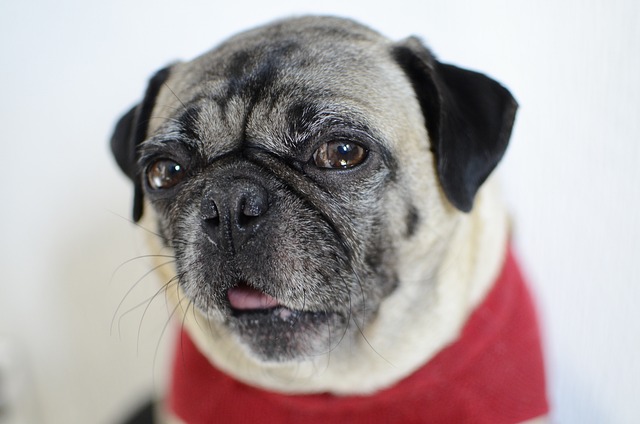
 When training teacup dogs to go to the toilet, it is crucial to grasp the right training time. Usually, when a teacup dog grows to 8-12 weeks old, its nervous system develops to a certain extent, and it begins to be able to sense the filling state of the bladder, and the brain also has the ability to initially understand instructions. At this time, the owner will find that the little guy who used to defecate anytime and anywhere occasionally shows behaviors such as lowering his head to sniff the ground and spinning in place before defecation. These subtle signals are like the "help signal" sent by the teacup dog, waiting for the owner to capture it keenly. One owner recalled that when his teacup dog was 9 weeks old, it suddenly wandered around the urine pad. Although it did not defecate on the urine pad in the end, this action made the owner realize that the "golden period" of training has arrived.
When training teacup dogs to go to the toilet, it is crucial to grasp the right training time. Usually, when a teacup dog grows to 8-12 weeks old, its nervous system develops to a certain extent, and it begins to be able to sense the filling state of the bladder, and the brain also has the ability to initially understand instructions. At this time, the owner will find that the little guy who used to defecate anytime and anywhere occasionally shows behaviors such as lowering his head to sniff the ground and spinning in place before defecation. These subtle signals are like the "help signal" sent by the teacup dog, waiting for the owner to capture it keenly. One owner recalled that when his teacup dog was 9 weeks old, it suddenly wandered around the urine pad. Although it did not defecate on the urine pad in the end, this action made the owner realize that the "golden period" of training has arrived. 